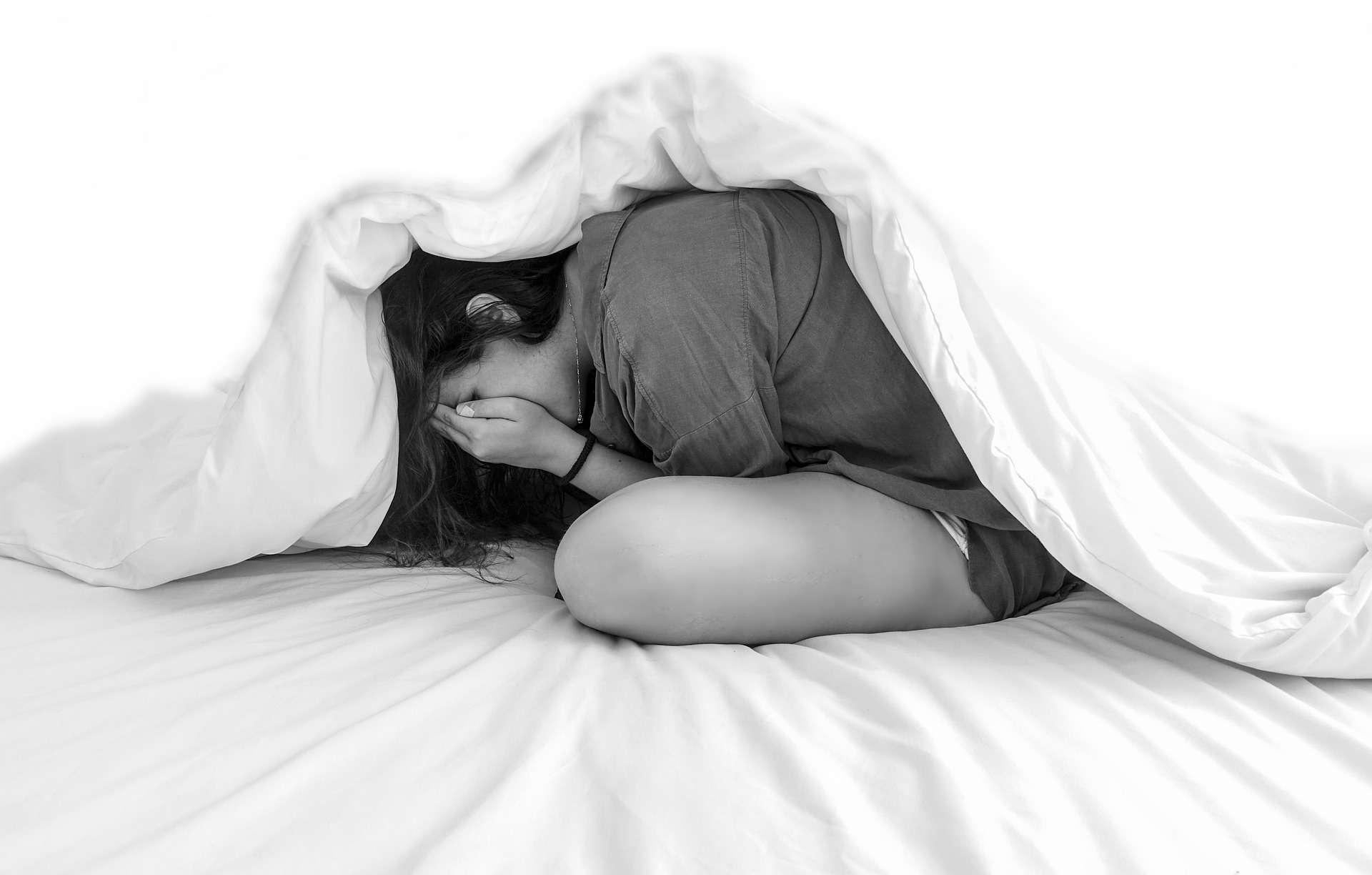4 differences between Night terrors and Vivid dreams
People often confuse vivid dreams with night terrors as both share some similarities. However, in reality, both are completely different from each other. Vivid dreams are close to simple dreams.
However, a night terror is a sleep disturbance that appears similar to a nightmare, but it is far more dramatic than that. They can create an extreme amount of fear among parents who see them . However, they should not worry much as they are not a sign of a deeper medical issue.
Let’s discuss some prominent differences between both.
|
Vivid Dreams |
Night Terrors |
| Vivid dreams normally occur during REM sleep. It is the time when particular structures in your brain become very active.
Scientists believe that majority of heavy dreaming occurs during rapid eye movement (REM) sleep. It normally cycles every 90 minutes during night sleep and might last 20 to 25 minutes. According to medical experts, the thalamus lights up during REM sleep. It sends imageries and thoughts collected during the day to the cerebral cortex for processing and dreams take place during this time. |
The sleep process takes place in several stages. We get dreams including nightmares during the rapid eye movement (REM) phase.
However, on the other side Night, terrors occur during deep non-REM sleep. We should also remember that night terror is not really a dream, but it is like a sudden reaction of fear that takes place during the transition from one sleep stage to another. Night terrors mostly occur about 2 or 3 hours after a child falls asleep, and when sleep transits from the deepest stage of non-REM sleep to lighter stages of REM sleep. Usually, this change is a smooth one. However, sometimes a child becomes distressed and scared and that fear reaction is actually a night terror. |
| According to the majority of surveys,55% of adults have experienced at least one lucid dream during their lives. Moreover,23% of surveyed people faced lucid dreams or vivid dreams at least once per month.
Vivid dreams leave negative effects on our mental health as they badly disturb sleep and cause dreamers to lose the difference between reality and fantasy. |
According to the Mayo Clinic research, night terrors are inclined to impact kids more than adults. This research revealed that 40% of children experience night terrors.
The occurrence of nightmares and other parasomnias usually declines with the age of the child. It might be due to the maturing of the brain . However, similar research revealed that adults experience night terrors in “much lesser proportions” as compared to children. They are also considered relatively rare in them. Another study by the Journal of Clinical Psychiatry surveyed approximately 5,000 adults in the UK and found out that 2.2% of respondents experienced night terrors. |
|
Medical experts recommend various kinds of treatments to patients such as eating well, drinking enough water, getting enough sleep, maintaining a healthy weight, and maintaining a regular sleep schedule. Some health care professionals also recommend useful techniques such as meditation, deep breathing, art therapy, relaxation techniques stress releasing techniques and exercises. Patients can also reserve some time for relaxation during the day. He or she can go out for a picnic with family and friends. These kinds of activities are best for forgetting vivid dreams. Health care professionals mostly change the ending to a nightmare patient remember when you’re awake until it no longer turns out to be threatening.This treatment is often employed for people having vivid dreams due to some kind of trauma. Some physicians also recommend the use of medication to treat vivid dreams. Medicines are only prescribed when the patient is suffering from nightmares induced by trauma like post-traumatic stress disorder. |
The majority of affected individuals need no special medical or psychological intervention other than reassurance and education.
Some health care professionals experiment by using scheduled awakenings just before an event is expected.It is a method that is used to diminish the occurrence of sleep terrors. It is known as anticipatory awakening. This involves waking the affected kid who has sleep terrors about 15 mins before the night terror event. In addition, cognitive behavioural therapy, hypnosis, biofeedback or relaxation therapy might also help in these conditions. |
|
Vivid dreams commonly occur in persons suffering from stress and anxiety in their daily lives. Their stressful experiences with friends, family, school, or work can cause intense dreams . In addition, stress triggered by traumatic events, such as a death of a loved one, sexual abuse, or a car accident can also cause vivid dreams. Sleeping disorders could cause a lack of sleep like insomnia and narcolepsy that can increase one’s risk of experiencing vivid dreams. Routine flying can also create sleep disorders that can create vivid dreams. There are lots of medicines that have been stated to contribute to vivid dreams. The list of these drugs includes antidepressants, beta-blockers, blood pressure medications, Parkinson’s disease drugs, and drugs to stop smoking. Using alcohol is also dangerous as its excessive use along with recreational drugs can trigger vivid dreams |
Night terrors are commonly found in children that are overtired, ill, or stressed using a new medicine sleeping in a new environment . Moreover,some kids suffer from this condition when they are away from home not getting enough sleep having too much caffeine |
Disclaimer:
Youthtabletalk targets to better the quality of life for people fighting with substance use or mental health disorder with information-based content about the nature of behavioural health conditions, treatment options and their related results.
Youthtabletalk always makes efforts to publish material that is researched, cited, edited and reviewed by licensed medical professionals. The information we provide is not intended to be a substitute for professional medical advice, diagnosis or treatment. It should not be used in place of the advice of your physician or another qualified healthcare provider.
